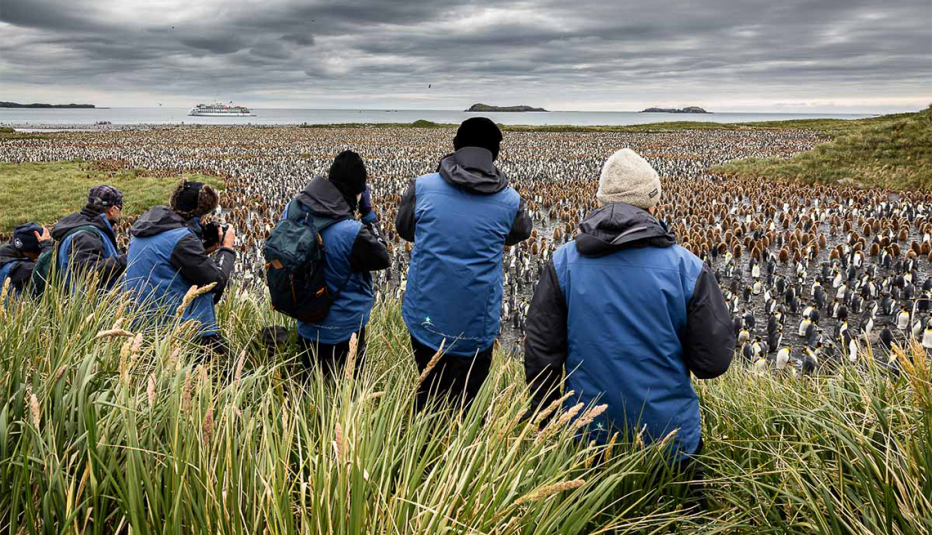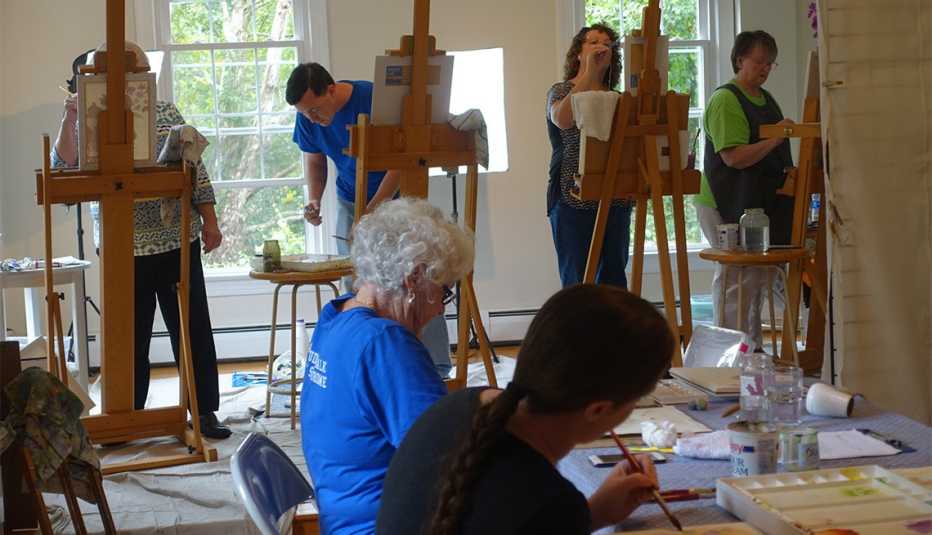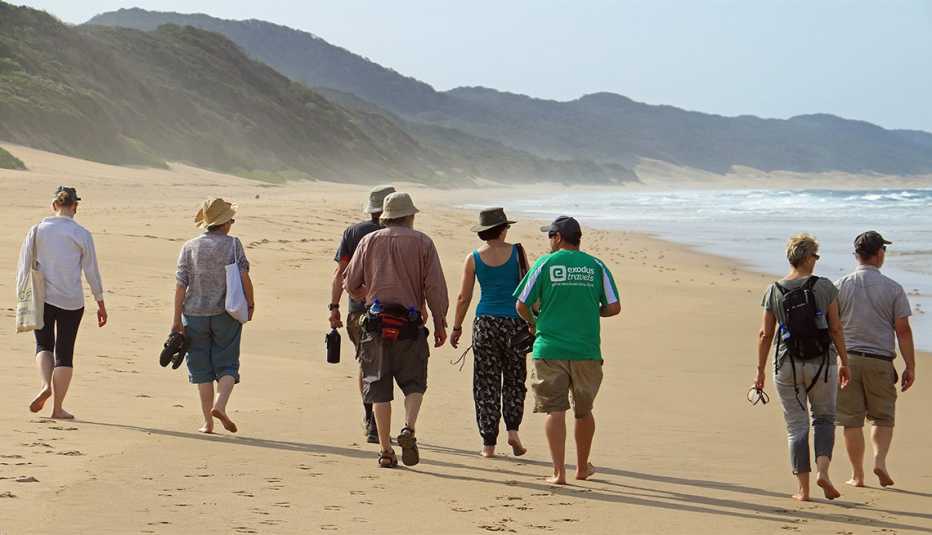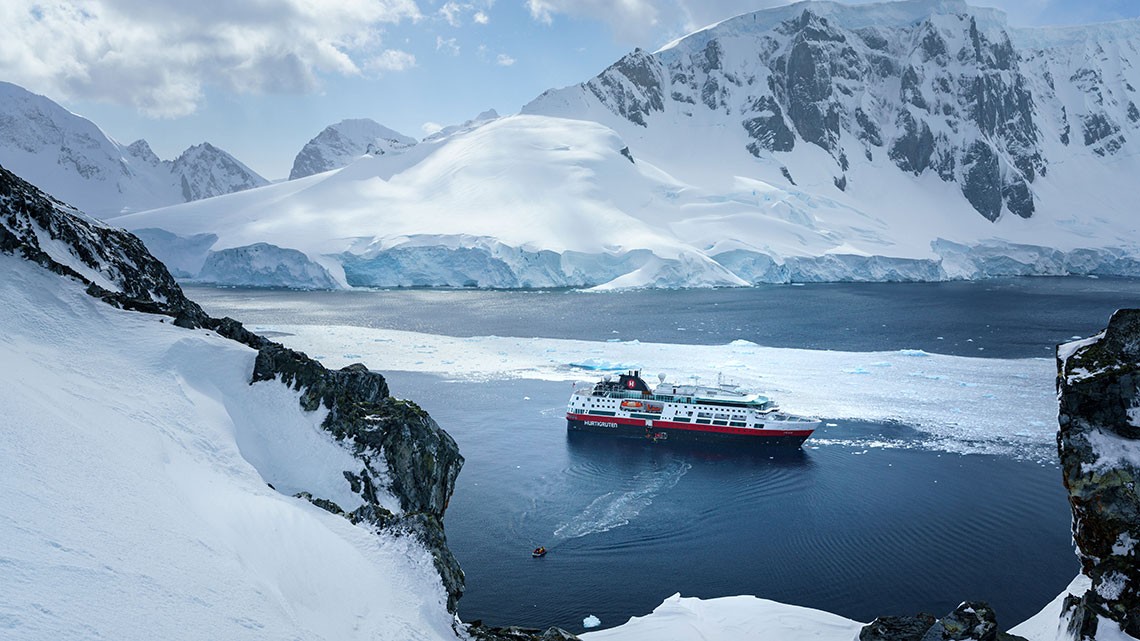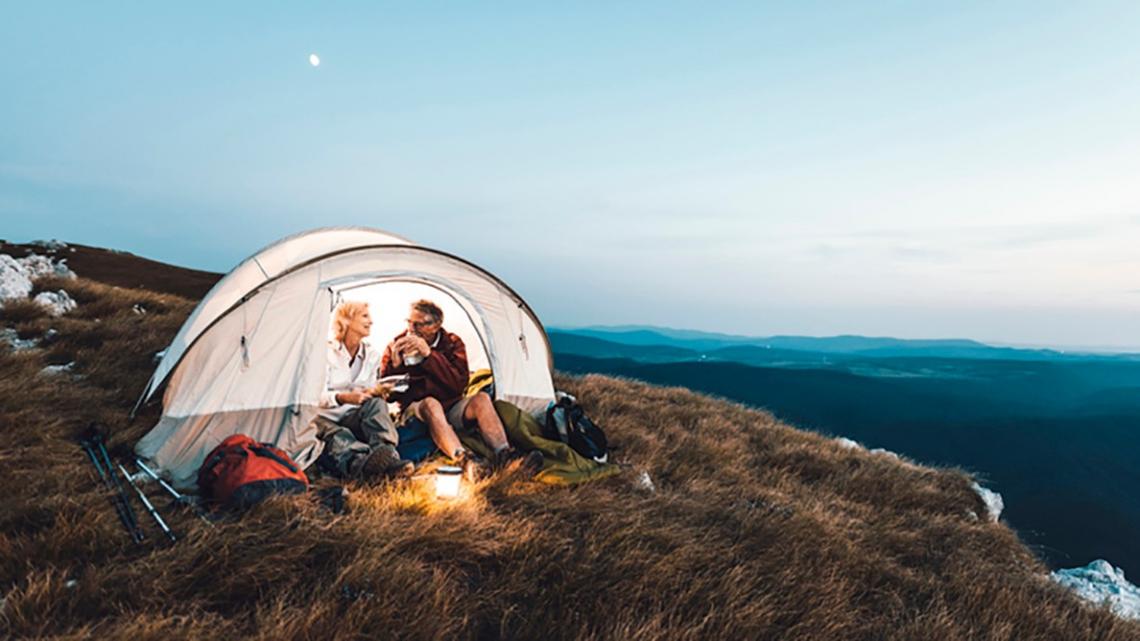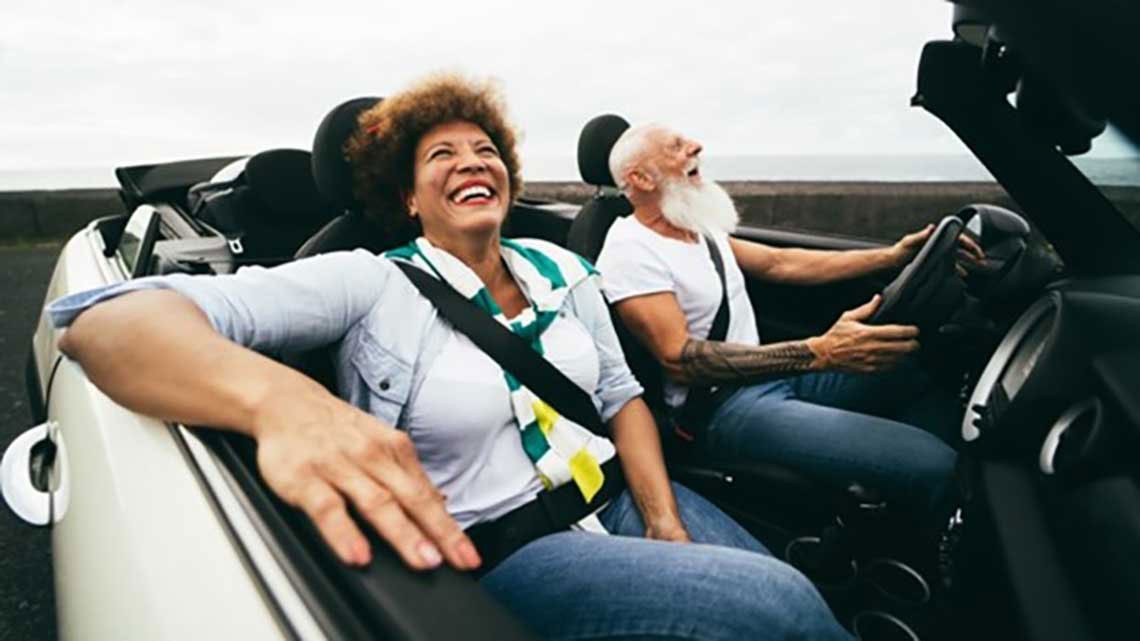Staying Fit
Regardless of your level, photography tours are an exciting way to learn from a pro and hone your skills, but they’re much more than capturing the perfect shot. They take you to the most photogenic spots in dream destinations and encourage you to be present and appreciate the visual nuances of your surroundings — all of which enrich your experience. Amateur photographer and nine-time photo tour fan Nancy Brandt, 75, loves photography tours for the opportunity to meet like-minded souls — people whom she says become “friends who stay with you for years afterward.”
The type, size and vibe of photography tours vary widely. You can shoot sherbet-colored villas in Cinque Terre, Italy, capture silverback gorillas in Uganda, or snap Myanmar’s bustling outdoor markets. Some itineraries focus on one style of photography, such as landscapes. Other tours — in Paris, for instance — may encourage a mix of portrait and street photography. Tour operators differ, too. You need to decide whether an individual, photographer network or international tour operator best suits your needs. In short, the most challenging part of a photography tour is figuring out which one to choose.


AARP Membership— $12 for your first year when you sign up for Automatic Renewal
Get instant access to members-only products and hundreds of discounts, a free second membership, and a subscription to AARP the Magazine.
With this in mind, these are the three essential steps to finding the tour that’s right for you.
1. Determine your goals
The distinction between photographic tours and workshops would be clear-cut in a perfect world. A tour would be a fun, casual experience that gets you to the right place at the right time for the best shots possible. Workshops would focus on education, including lectures, assignments and critiques in the itinerary. In reality, tour operators blur the lines with elements of both. Knowing what you want beforehand will make it easier to peel back the layers and steer you in the right direction. Consider the following:
Proactive instruction
“Not all tours are created equal,” warns Andrew Beck, cofounder and director at Wild Eye Destinations and Photographic. “Make sure to find out how much of an educational element there is on the tour versus just traveling with like-minded people.” As an industry, there is no standard. I’ve seen a range of instruction from proactive pointers on lighting, composition and settings to a more hands-off approach, where they only share their expertise when asked.
Leaders on location
Some pros I’ve found leave guests on their own during the day, meeting later to share meals and answer questions. Photographers who favor independence will find this setup appealing. Others stay with the group to answer questions and demonstrate how to capture a scene. Some do a little of both. In many cases, the destination influences the plan. In a city like Paris, it’s easy for guests to wander independently. Whereas in more remote locations, it’s better to stay together.
How about setups?
Sometimes an itinerary includes a learning exercise called a setup shot with models dressed in traditional garb, lighting and a beautiful backdrop. Everyone takes turns photographing the same lovely image. As a teaching tool, staging can be helpful. But if you prefer candid situations, you may find it limiting.
One-on-one time
One-on-one critique sessions can be incredibly helpful. They offer personalized attention and candid advice about your work. But not every company offers it. If it’s included, it will be in the itinerary. Otherwise, ask if it’s possible. They may add it.
Help with post-processing
Assistance with post-processing (editing) isn’t a given either. If you want help with software such as Adobe Lightroom, inquire if it is included.




























































